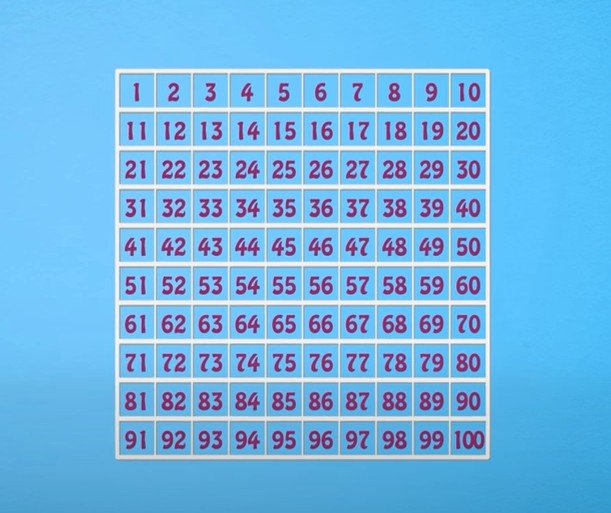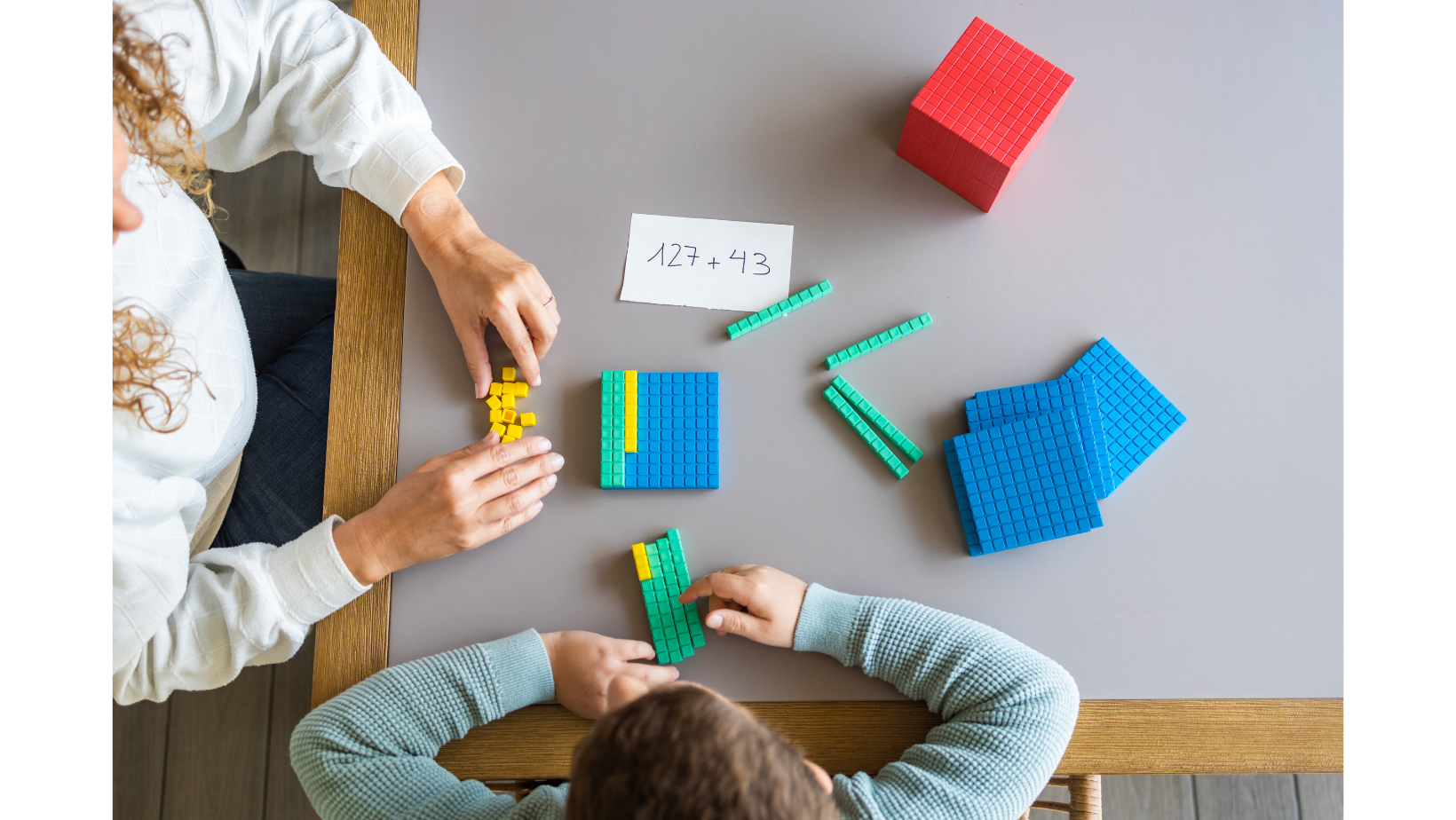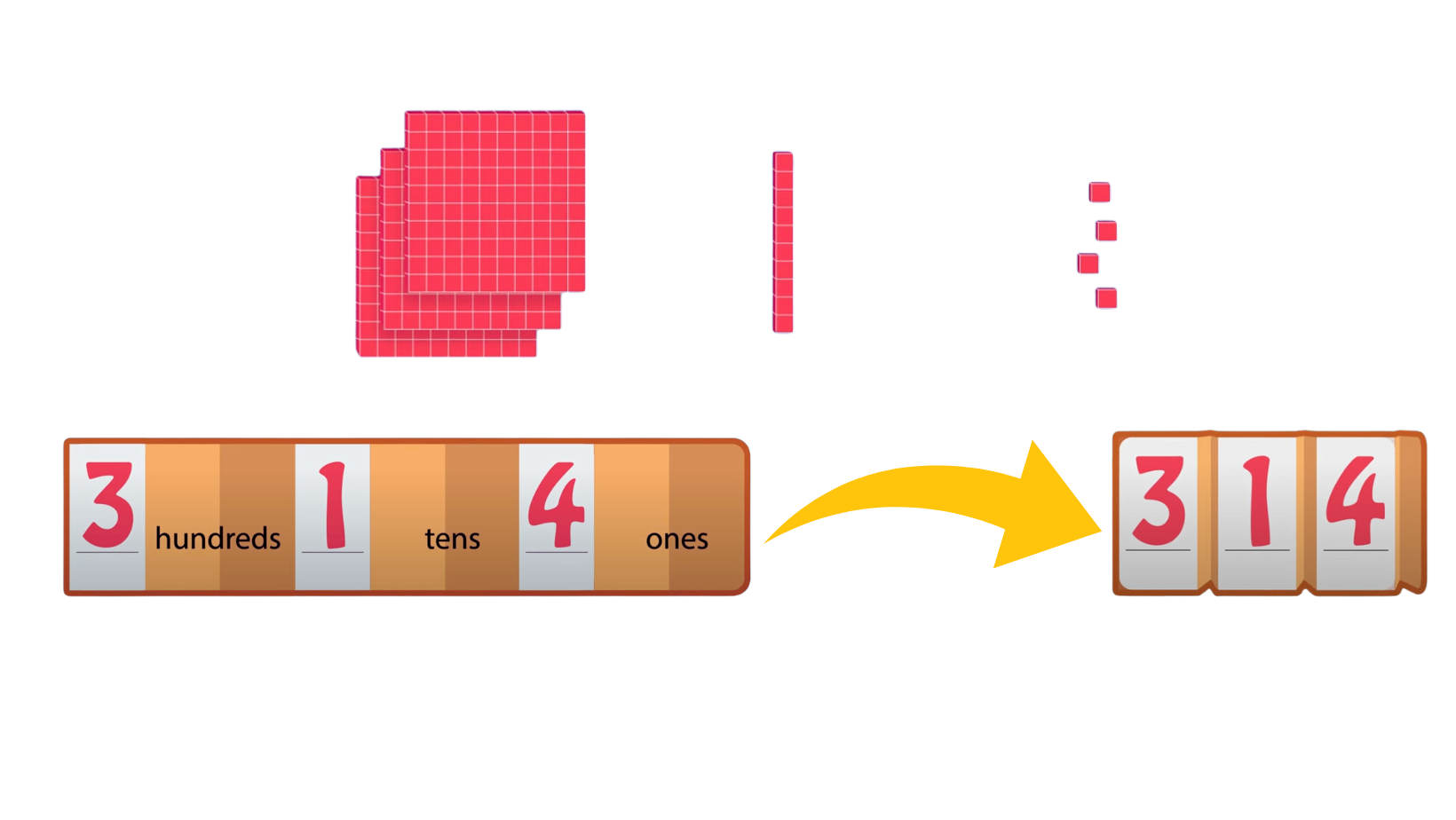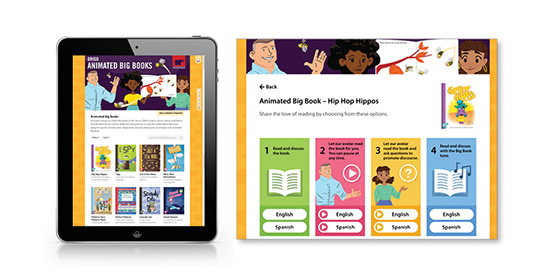Insights
Understanding Place Value: Teaching the Value of Digits
Place value is an essential and fundamental concept within math. Several important components make up the concept of place value that are important for students to understand. One is to know the term for each place (i.e. ones, hundreds, tenths, thousandths, etc.). They also need to be able to read a number correctly. For example, 381.7 is read as three hundred eighty-one and seven-tenths. Another vital component is a student’s understanding that the value of each digit is determined by the place of the digit, such as a 9 is worth 900 in 970 and 90 in 294.
The following are tips and activities to help as you teach about place value:
- Students first learn the names of numbers and how those names represent an amount. This understanding is usually taught at early ages well before they enter your classroom.
- Build on this understanding by teaching students that a number is made up of individual digits. The location of these digits determines the value of the digit. A simple example is to ask students whether 14 and 45 are the same number. Ask them what is different about the two numbers. Answers should show their understanding that even though both numbers contain a four, the placement of the four changes the amount. Be prepared with visuals to illustrate the numbers if needed, because you don’t want to have to quickly draw 45 dots to illustrate the concept!
- Teach the ones and tens places before adding more places like the hundreds, thousands, etc. It is important to monitor that students fully understand the concept of place value before more places are added.
- Improve number fluency and mental math skills by having students increase and decrease digits in each place to show how the value within that place can be changed. For example, 83 is greater than 73. Students could be given a starting number, such as 36, and be asked what ten more would be (46) or twenty more (56). To practice subtraction, they could start at 72 and be asked what ten less would be (62). A hundreds chart is a great way to visually demonstrate this concept if needed.

A hundreds chart can also be used to help with addition and subtraction as seen in this Origo One video.
- Demonstrate how each place increases or decreases by a multiple of ten.
- Base ten blocks are helpful for students to visualize this concept because they can see that it takes ten ones to equal a group of ten, ten tens to equal a hundred, and so on. This will help them understand the significance of each digit in a number.
- For older students, base ten blocks can also be used to demonstrate decimal place value as shown in this video.

- Use number expanders as shown in this Origo One video.

- Use a place value mat to practice writing numbers. Have students read the numbers aloud to demonstrate their knowledge of how the placement of a digit changes the value. Be sure to include a zero in various places to show how its placement also changes a number’s overall value.

- Teach the four forms of numbers and have students regularly practice them.
- Standard (147)
- Expanded (100 + 40 + 7)
- Written (one hundred forty-seven)
- Pictorial as demonstrated with base ten blocks
- Use manipulatives: Provide students with physical objects to help them visualize and understand the concept of place value.
- Base ten blocks
- Place value discs
- Place value dice
- Place value flip chart
- Pocket chart with straws
- Make it fun: Engage students in interactive games and activities that reinforce the concept of place value. These could include place value bingo, place value puzzles, or even digital games on educational websites. Here are a few to get the ideas flowing!
- Use real-life examples: Show students how place value is used in everyday life.
- Practice reading and writing large numbers.
- Have students count play money and write the amounts.
- Create pretend shopping lists. Bring in grocery store ads and have students choose three to five items they’d like to buy. Have them write down the amounts and add them together. To emphasize the importance of budgeting, give them a set amount they’re allowed to spend. This will allow them to possibly practice subtraction if they go over their limit. Then they can use problem-solving skills to choose different items that will stay within their pretend budget.

- Make connections: Help students see the connections between place value and other mathematical concepts, such as addition, subtraction, multiplication, and division. This will reinforce their understanding and show them how place value is integral to solving a variety of math problems.

- Use graph paper to aid students in lining up their digits. This can be especially helpful for students who struggle to write neatly in columns. It will help them avoid mistakes caused by possibly writing a digit in the wrong place and therefore changing its value. Graph paper can be used to complete math problems involving addition, subtraction, multiplication, and division. If an entire place of graph paper is overwhelming or not needed for a student, cut it into smaller portions they can simply glue onto a blank sheet of paper to avoid little pieces of paper ending up all over your classroom floor. This will also allow the student to review their work if needed. If the squares on normal sized graph paper are too small for your student to write in, check online for larger squared paper to purchase or print.
- Incorporate literature: Books engage students and explain concepts in a fun way that can also demonstrate real-life applications.

Check out our ORIGO Animated Big Books as well as these other titles!
- How Much is a Million by David Schwartz
- Zero the Hero by Joan Holub
- Sir Cumference and All the King’s Tens by Cindy Neuschwander
- Penguin Place Value by Kathleen Stone
- Math Fables: Lessons That Count by Greg Tang
- Earth Day–Hooray! by Stuart J. Murphy
- Place Value by David A. Adler
- A Place for Zero by Angeline Sparagna LoPresti
- The King’s Commissioners by Aileen Friedman
- A Million Dots by Andrew Clements
- Illustrate the concept of decimal place value using base ten blocks, explaining the unique way decimals are represented compared to whole numbers. With decimals, the flat symbolizes one whole. The rods demonstrate one-tenth, as it is one-tenth the size of the whole. Finally, the unit represents one-hundredth, being one-hundred times smaller than the whole.
For more tips on teaching about decimals, check out our article Fun and Engaging Activities with Fractions and Decimals!



